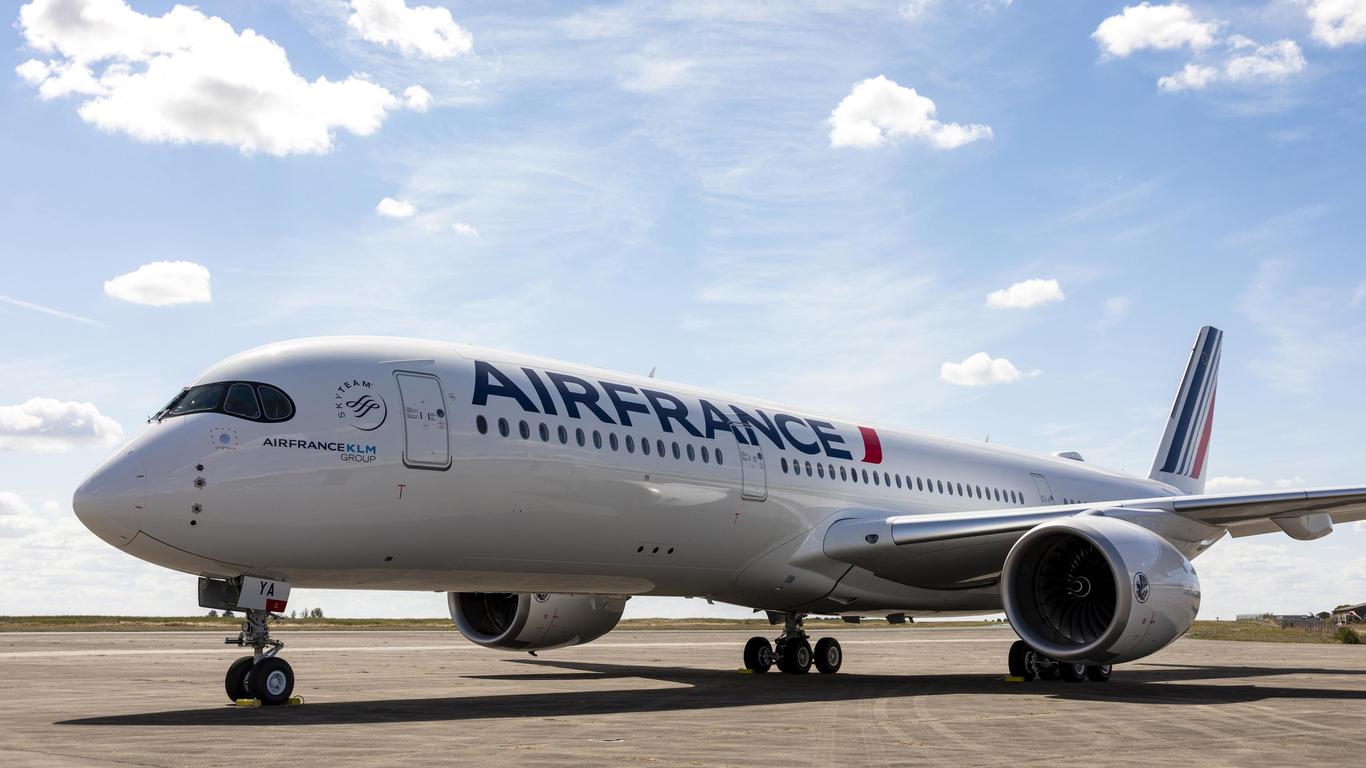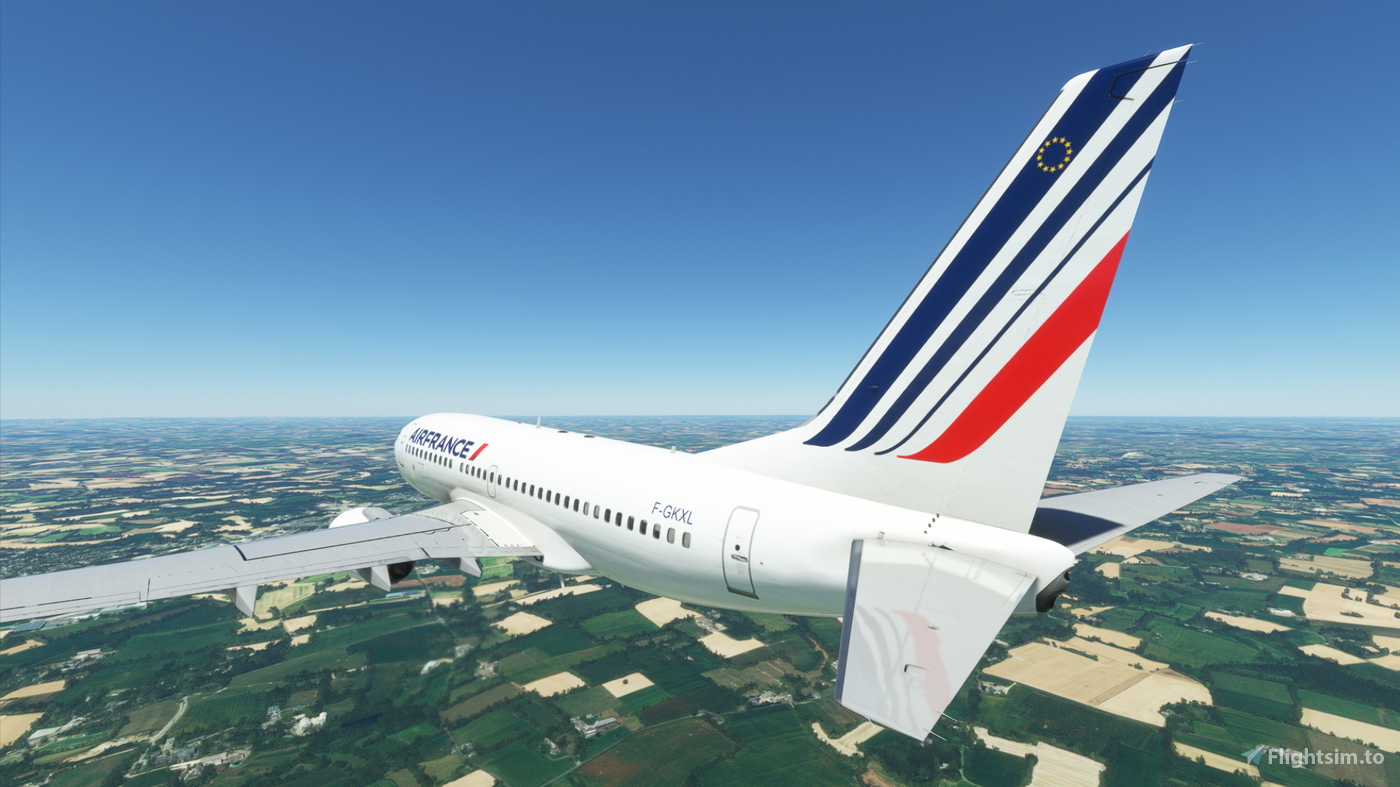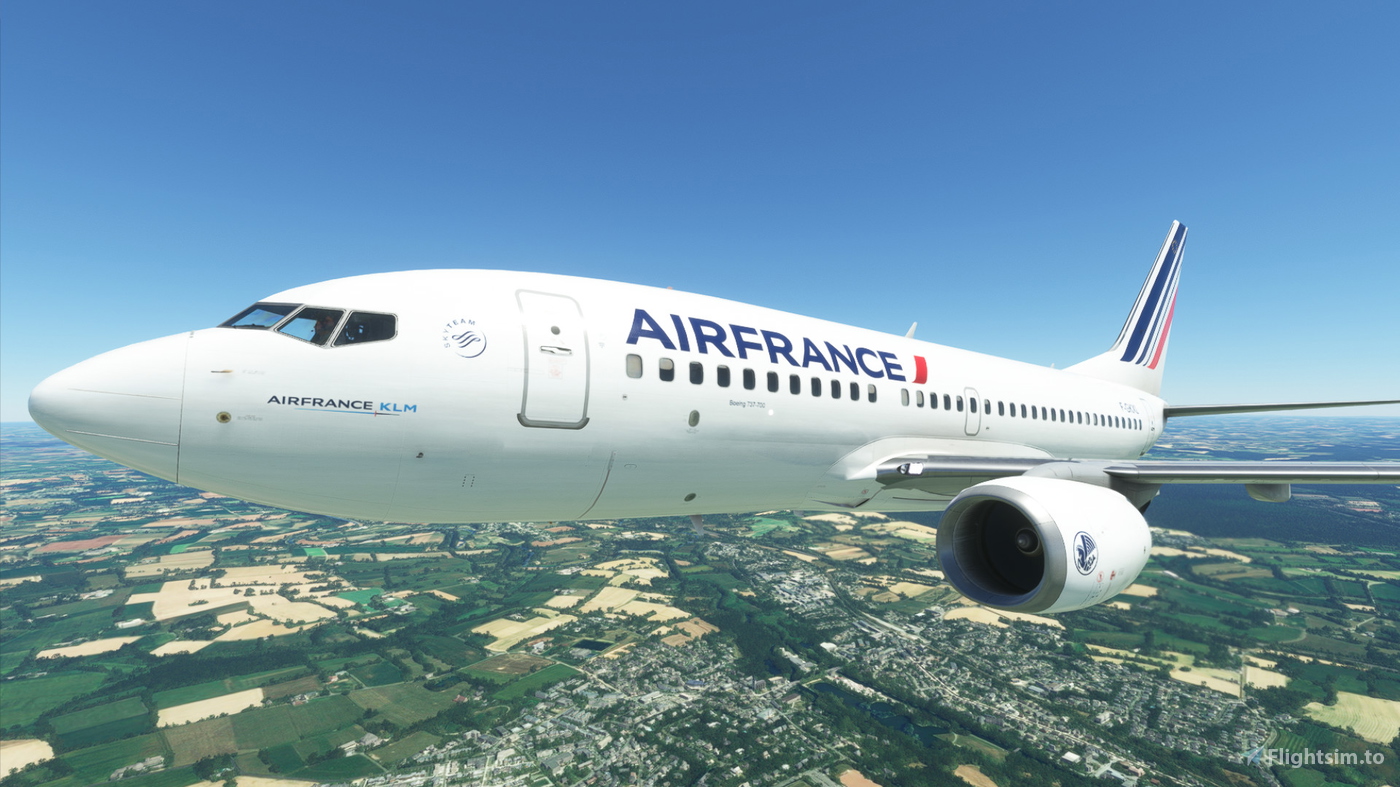
On December 31st, 2020, the crew of Air France Flight 736 from Brazzaville, Republic of Congo, to Paris, France, faced a terrifying sequence of events that began with a fuel leak and escalated into a life-threatening emergency.
The flight had been planned to fly from a region facing pandemic restrictions and widespread violence, yet it was the crew's decisions that would ultimately determine whether the passengers would make it home safely. Despite initial signs of trouble, complacency and bias against standard procedures would nearly cost them everything.
The flight crew, eager to return home for New Year's Eve, began their pre-flight planning in typical fashion. The conditions at their departure airport were challenging due to the ongoing pandemic and the instability in the region, but weather reports showed favorable conditions along the route and at their destination, Charles de Gaulle Airport in Paris.
The crew felt confident, and with the additional relief pilot on board, they expected a smooth journey back. As usual, the pre-flight checklists were completed, and after ensuring that the aircraft’s maintenance records were in order, the crew proceeded with their usual operations.
The aircraft in question was an Airbus A330, which had recently undergone heavy maintenance in China, including an engine overhaul. This is where the first signs of danger began to take root. The Airbus A330's fuel system, while robust, is complex, with multiple tanks located in the wings, belly, and horizontal stabilizer.
During the engine overhaul, the fuel hoses had been disconnected and reconnected, but a known issue with the components—the flanges that hold the hoses in place—was overlooked. These components were prone to misalignment, a problem that had been highlighted in Airbus' maintenance manual as far back as 2015.

The issue wasn’t immediately apparent, but as the aircraft started its flight from Brazzaville, a slow but significant problem began to develop. A fuel leak started in the number one engine, the left engine, and began to drip fuel.
The flange that had been improperly reconnected during the engine overhaul was not seated correctly, and this caused the bolts that held the connection in place to gradually loosen. The fuel leaked out of the engine and began to drain down the side of the aircraft. Although the aircraft was flying smoothly, a small but growing concern about the integrity of the engine and fuel system was beginning to form.
Air France pilots, much like those of any major airline, rely on a thorough checklist system to ensure that everything is operating as it should. In cases of suspected fuel leaks, the immediate response according to the aircraft's operational guidelines should be to divert to the nearest airport and shut down the engine suspected of the leak. The crew, however, ignored this directive from the checklist, and this would soon prove to be a fatal mistake.
After noticing an anomaly in the fuel levels—around 1.4 tons of fuel missing—the captain dismissed the discrepancy, assuming that the issue was caused by fuel transfer between tanks. While the fuel discrepancy could have been explained by the aircraft’s fuel management system, the crew’s oversight became apparent when the fuel imbalance continued to grow.
By the time the pilots had flown further north, a significant fuel imbalance of 400 kilograms between the left and right tanks had formed, pointing to a leak on the left engine.

Rather than immediately diverting to the nearest airport, the captain and the first officer continued to debate the next course of action, with the captain expressing his preference to keep both engines running for as long as possible.
According to his experience, keeping both engines operating would provide more flexibility and prevent any unnecessary delays in reaching their destination. However, this decision ran counter to the established checklist protocol that called for an immediate diversion and engine shutdown.
The biases that the crew brought into the cockpit would be compounded by their reluctance to follow the standard procedures. The captain, in particular, was hesitant to shut down the engine, fearing that it would trigger a cascade of issues, such as having to perform a single-engine go-around.
The first officer and the relief pilot, both of whom were experienced, seemed to defer to the captain’s decision-making. This reluctance to follow protocol, while not malicious, highlighted the dangers of “groupthink” in high-stakes decision-making environments.
As the situation continued to unfold, the flight crew received confirmation from a maintenance technician on board that fuel was now visibly leaking from the engine. Yet, the decision to follow the checklist was still not made. The crew instead engaged in a process called “for deck,” a decision-making model that helped them weigh the options and assess the risks. However, by the time they finally acknowledged the seriousness of the fuel leak, they were far beyond the point of safe diversion.

The real danger was not just the fuel leak but the potential for a fire. Fuel leaking from the engine, combined with the extreme heat from the engine’s components, created the perfect conditions for a catastrophic fire. The Airbus A330's design also posed an additional risk: with the leak near the exhaust, even slight changes in airflow during flight could ignite the fuel.
The crew, however, was so focused on the potential operational inconvenience that they did not fully comprehend the risks posed by the leak and fire hazard. The crew’s focus on continuing the flight, despite the warnings, had blinded them to the obvious dangers they were facing.
The situation deteriorated further when, as the aircraft descended toward the alternative airport in Enjamaa, the pilots faced severe tailwinds and a short runway. The landing was becoming more complicated by the minute, and while the aircraft’s automated systems provided some assistance, the crew’s earlier decisions were starting to have real consequences. The runway length at Enjamaa was not sufficient to accommodate the aircraft at the speed it was traveling, and the pilots were forced to make split-second decisions.
By the time the aircraft finally landed safely, the pilots had already experienced a roller-coaster ride of near-catastrophic decisions. The fuel leak, which had initially seemed like a minor problem, had escalated into a fire hazard, and the crew had narrowly avoided disaster by opting for a less-than-ideal landing approach. The aircraft had landed just shy of the runway’s end, with fuel still leaking from the engine, and the brakes had overheated to dangerous levels.

Upon landing, the crew waited for the firefighters to secure the area before allowing the passengers to disembark. The situation had remained precarious throughout the flight, but thanks to a combination of good fortune, skillful handling of the aircraft, and a few last-minute decisions to divert and land safely, the crew and passengers made it out unharmed.
The investigation into the incident revealed several key findings: the improper reinstallation of the engine’s fuel line, the failure to follow the emergency checklist procedures, and the crew’s reluctance to make difficult decisions that could have prevented the crisis.
As a result, Airbus issued new guidelines for fuel leak procedures, emphasizing the importance of following the checklist without hesitation. Air France also reassessed its training protocols, emphasizing the need for pilots to stick to procedures even in the face of perceived operational pressure.
This incident serves as a stark reminder of the critical importance of adhering to procedures, especially when the consequences of failure can be catastrophic. The combination of complacency, miscommunication, and the disregard for standard procedures nearly led to a disaster. In aviation, the smallest mistakes can have the most severe consequences, and in this case, the crew’s decision to ignore their training and experience almost cost them everything.



